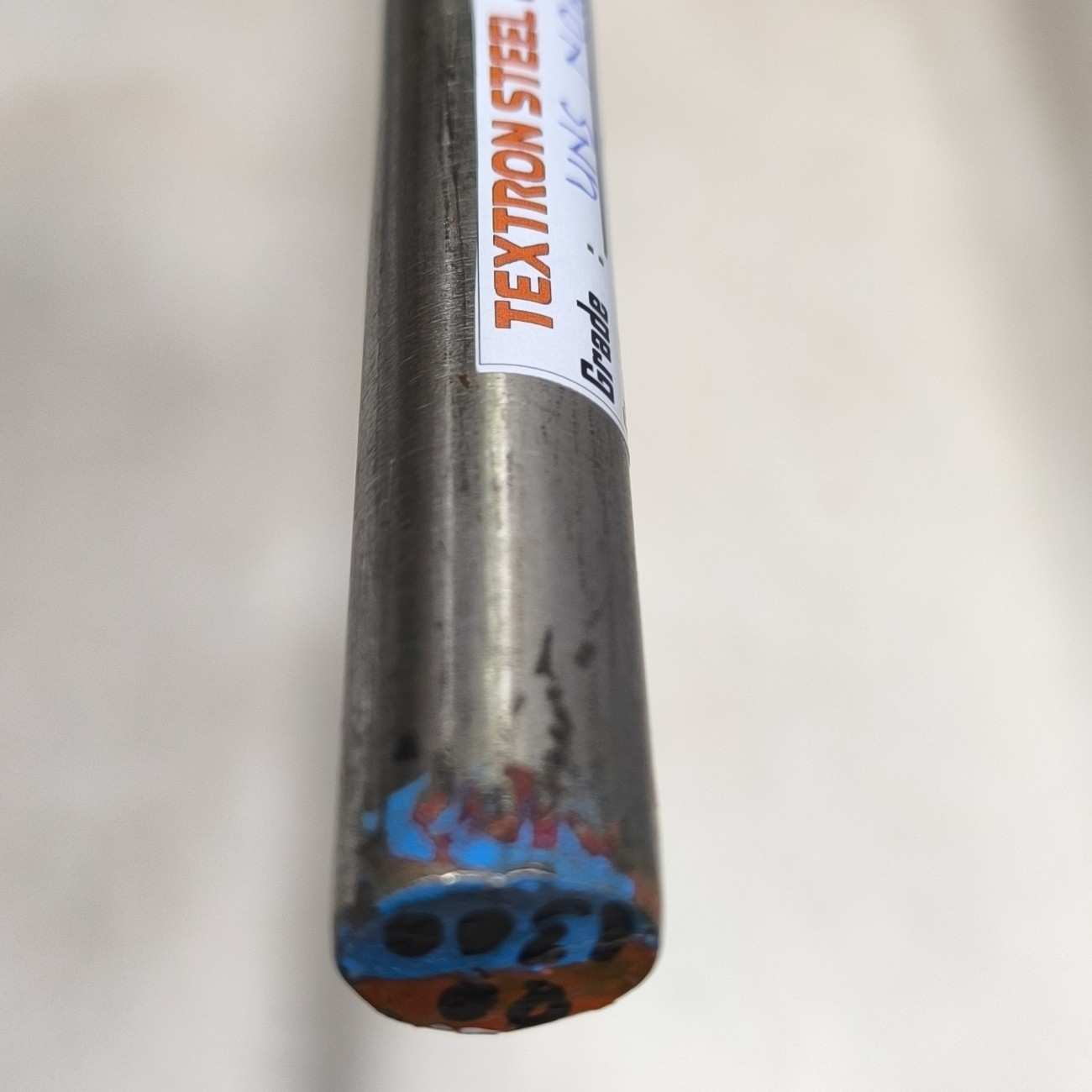Description
X108Cr17Mo Round Bar
X108Cr17Mo Round Bar is a Martensitic Series Stainless Steel and has the highest carbon content of the stainless steel series. It can be heat treated to reach hardness of 58 to 60 HRC. It can be used to make rolling contact stainless bearings, e.g. ball bearings and roller bearings. It is also used to make knife blades.
X108Cr17Mo has the highest strength, hardness, and wear resistance of all the commonplace 440 series stainless alloys, with high carbon content and moderate corrosion resistance.
X108Cr17Mo stainless steel is a high-carbon chromium steel designed to provide stainless properties with maximum hardness. When heat-treated, it attains the highest hardness of any stainless steel at approximately Rockwell C 60. It has been used primarily as a bearing steel and is used in the hardened plus tempered condition.
X108Cr17Mo Chemical Composition of X108Cr17Mo :
| Elements | Min. % | Max % |
| Carbon | 0.95 | 1.20 |
| Silicon | – | 1.00 |
| Manganese | – | 1.00 |
| Nickel | – | 0.50 |
| Chromium | 16.00 | 18.00 |
| Molybdenum | – | 0.75 |
| Phosphorous | – | 0.045 |
| Sulphur | – | 0.030 |
Applications of X108Cr17Mo Round Bar :
X108Cr17Mo Steel has been widely used for parts requiring a combination of excellent wear resistance, plus reasonable corrosion resistance.
X108Cr17Mo Stainless Steel is used typically in the following applications:
- • Cutlery
- • Ball bearings and races
- • Molds and dies
- • High Quality Knife Blades
- • Valve components, pump parts,
- • Measuring instruments, Surgical instruments
- • Wear-resistant textile components.
- • Valve seats
- • Surgical instruments
- • Chisels
Machinability of X108Cr17Mo Round Bar :
X108Cr17Mo is relatively easy to machine in the annealed condition. Machining of the alloy is much more difficult when hardened.
Corrosion Resistance :
Good resistance to the atmosphere, fresh water, foods, alkalies and mild acids. Best resistance in the hardened and tempered and passivated condition. A smooth polished surface also assists.
Heat Resistance :
Not recommended for use in temperatures above the relevant tempering temperature, because of reduction in mechanical properties by over-tempering.




